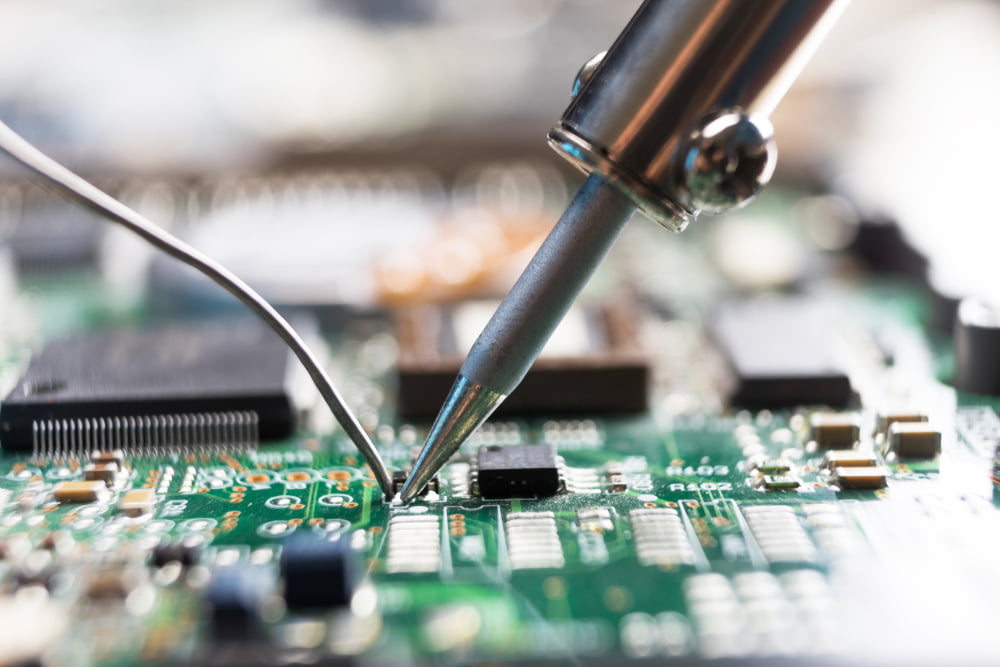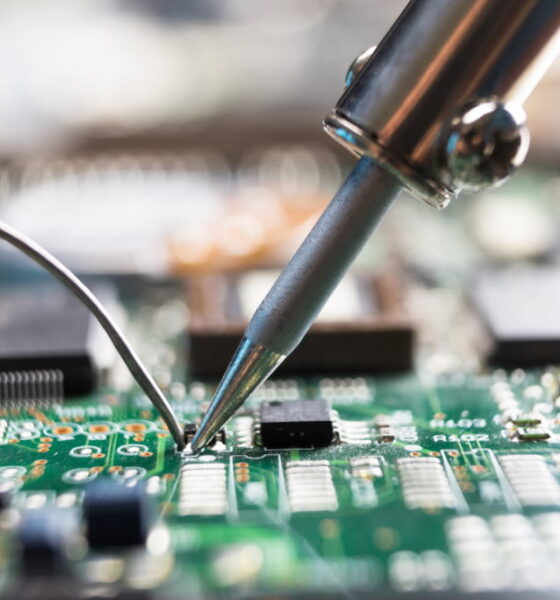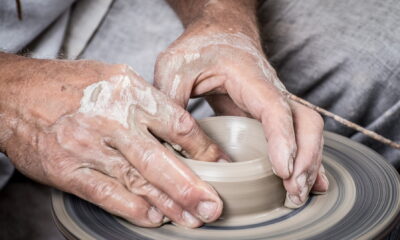

Features
Lead-free Solder and Lead Solders for Eco-Friendly Hobbyists
Are you an electronics hobbyist? Are you working on a new piping project on your home? You will want to know how to handle soldering and other electronic projects without harming the environment.
There are a lot of ways to be an eco-friendly electronics user. However, you need to understand the best approaches to take with it.
When it comes to building electrical circuits or piping projects, there are few materials you’ll need more than solder – as this acts as the glue that holds everything together. Some of these materials are better for the environment than others. Unfortunately, it isn’t possible to find a perfectly eco-friendly approach to electronic soldering and design. You are just going to have to make some concessions and use the materials that will have the least negative environmental impact if you want to develop new electronics or working on a piping system.
You can’t take these considerations lightly, especially when it comes to soldering. Lead soldering on pipes has been shown to leech into drinking water, which is obviously a huge environmental problem.
Finding the Eco-Friendliest Approach to Soldering
The solder wire is melted down using a heated soldering iron, which once cools creates a joint. Solder is a type of metal alloy used to create strong permanent bonds such as on circuit boards and piping joints. It is supplied in two types: lead and lead-free.
But what does this mean and how does your choice of solder affect the overall soldering process throughout electronic projects? What is the environmental impact of them?
In this article, we explore the differences, in detail, between these two types of solder. You will be able to choose the right one if you want to create an electronic circuit board the eco-friendliest way possible.
What is Lead-Free Solder?
With the objective of decreasing the amount of lead used in electronics, lead-free solder is now taking over, and is being used as a substitute, almost everywhere. Based on health and environmental reasons, some suppliers are banning the commercial use of leaded solder. This means for anyone who simply wishes to use a soldering iron purely for recreational reasons, such as for arts and crafts or creating circuit boards for fun, it is likely you will only be able to source lead-free solder. This has a melting point of approximately 217 degrees and copper, or tin, is often used as a replacement for the lead. This shouldn’t affect the soldering process in any way for hobbyists, as results will look and feel almost identical to those where leaded solder is used.
One of the other big reasons to consider using lead-free soldering is that it doesn’t harm the environment to the same degree. Lead creates problems for the environment, so you have to keep that in mind when working on any soldering project. You can’t ignore this reality when it comes to disposing of electronic waste without harming the environment.
What is Leaded Solder?
Lead-based solder contains a combination of both tin and lead – with around a 60:40 ratio between the two. This type of solder is sometimes known as “soft solder” due to Its lower melting point of around 170 – 190° C. Known casually as soft solder, the container is an obvious choice due to its lower melting point. Due to this, lead solder is often the favoured material to use across important electronic projects because leaded solder melts much quicker than unleaded, making it far less time-consuming. Alongside this advantage, the cooling time is faster too, meaning there’s a lower risk of cold solder joints.
What Are Cold Solder Joints?
As a result of insufficient heat, cold solder joints are often notable by their rigid, rough, and uneven exterior. Not only do they look messy, but this solder inconsistency can create an unreliable joint that is susceptible to cracking and failing entirely later down the line. This is because a cold solder is much weaker than that of solder that is heated efficiently.
Find the Eco-Friendliest Approach to Soldering
There are a lot of things that you have to keep in mind if you are an electronics project or working on a piping project. You are going to have to find the most environmentally friendly approach possible. You will have to consider the merits of both lead-free and lead projects.


 Environment10 months ago
Environment10 months agoAre Polymer Banknotes: an Eco-Friendly Trend or a Groundswell?

 Environment11 months ago
Environment11 months agoEco-Friendly Home Improvements: Top 7 Upgrades for 2025

 Features9 months ago
Features9 months agoEco-Friendly Cryptocurrencies: Sustainable Investment Choices

 Features10 months ago
Features10 months agoEco-Friendly Crypto Traders Must Find the Right Exchange




















